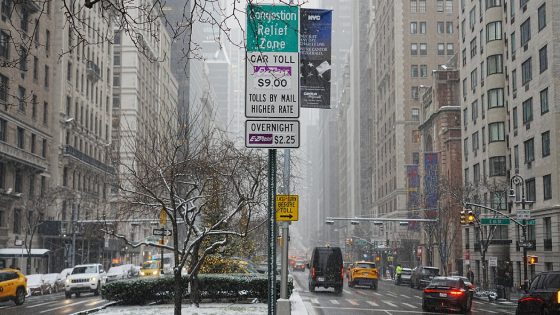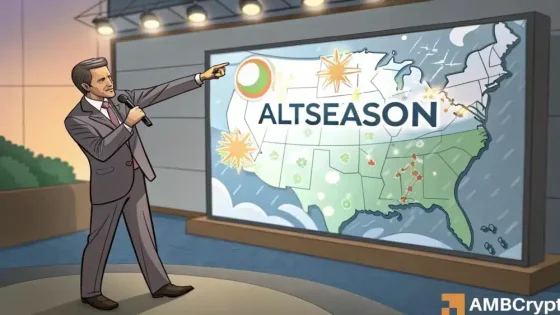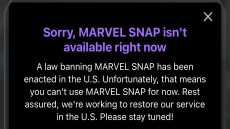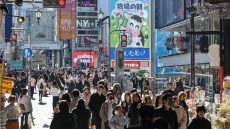New York City’s congestion pricing plan, which began on January 5, 2025, has shown mixed results since its implementation. While some commuters, like Lesly Silva from New Jersey, report improved travel times, the overall impact on traffic patterns remains unclear.
- Lesly Silva opposes NYC's congestion pricing toll.
- Commute times improved for some bus riders.
- Congestion pricing aims to reduce Manhattan traffic.
- Suburban commuters also experience less gridlock.
- Mixed results observed since tolling began.
- $9 toll for entering Manhattan below 60th Street.
The congestion pricing initiative aims to reduce traffic in Manhattan by imposing a toll of $9 on vehicles entering below 60th Street. This program is the first of its kind in the united states and was designed to alleviate gridlock and improve air quality in the city. Early feedback suggests that some commuters have experienced shorter travel times, particularly those who take public transportation or travel from outer boroughs.
Data indicates that travel times have improved for many commuters, especially on busy routes. Key findings include:
- Commuters report saving time during peak hours.
- Some areas have seen a reduction in vehicle congestion.
- Public transportation usage has increased as drivers seek alternatives.
Despite these positive developments, the overall effectiveness of the congestion pricing plan is still under scrutiny. While some areas have benefited, others continue to experience heavy traffic. The city plans to monitor the situation closely and may adjust the program based on ongoing assessments. The mixed results highlight the complexity of urban traffic management and the need for comprehensive solutions.
In summary, New York City’s congestion pricing has led to faster commutes for some individuals, yet the overall impact on traffic congestion remains mixed. Ongoing analysis will be crucial in determining the future of this innovative approach to urban transportation.

































